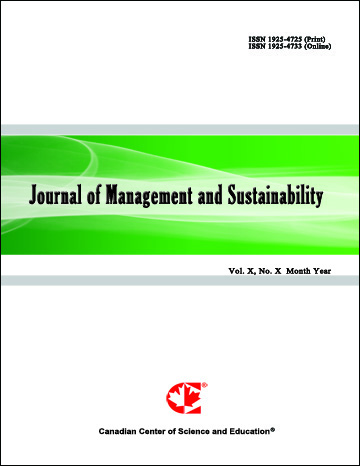Comparative Analysis between Statistical and Artificial Intelligence Models in Business Failure Prediction
- José Pereira
- Mário Basto
- Amélia Ferreira-da-Silva
Abstract
A growing number of predicting corporate failure models has emerged since 60s. Economic and social consequences of business failure can be dramatic, thus it is not surprise that the issue has been of growing interest in academic research as well as in business context.
The main purpose of this study is to compare the predictive ability of five developed models based on three statistical techniques (Discriminant Analysis, Logit and Probit) and two models based on Artificial Intelligence (Neural Networks and Rough Sets). The five models were employed to a dataset of 420 non-bankrupt firms and 125 bankrupt firms belonging to the textile and clothing industry, over the period 2003-09.
Results show that all the models performed well, with an overall correct classification level higher than 90%, and a type II error always less than 2%. The type I error increases as we move away from the year prior to failure.
Our models contribute to the discussion of corporate financial distress causes. Moreover it can be used to assist decisions of creditors, investors and auditors. Additionally, this research can be of great contribution to devisers of national economic policies that aim to reduce industrial unemployment.
- Full Text:
 PDF
PDF
- DOI:10.5539/jms.v4n1p114
Journal Metrics
Google-based Impact Factor (2021): 1.54
h-index (July 2022): 37
i10-index (July 2022): 147
h5-index (2017-2021): 12
h5-median (2017-2021): 19
Index
- Academic Journals Database
- ANVUR (Italian National Agency for the Evaluation of Universities and Research Institutes)
- CAB Abstracts
- CNKI Scholar
- EconBiz
- Excellence in Research for Australia (ERA)
- GETIT@YALE (Yale University Library)
- Harvard Library
- HeinOnline
- Infotrieve
- JournalTOCs
- LOCKSS
- MIAR
- PKP Open Archives Harvester
- RePEc
- Scilit
- SHERPA/RoMEO
- Stanford Libraries
- UCR Library
Contact
- Evelyn XiaoEditorial Assistant
- jms@ccsenet.org
